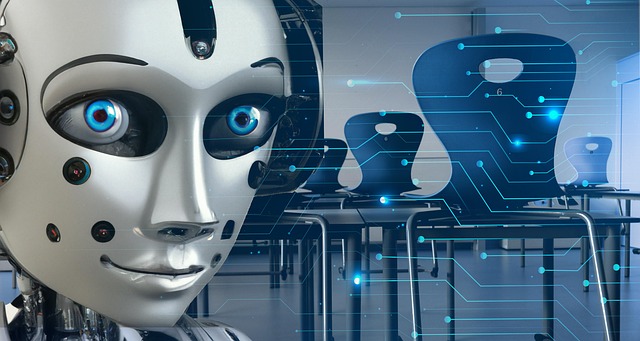Revolutionizing Education: Exploring the Metaverse in the Digital Classroom
In an age where technology continuously transforms how we engage with the world around us, the concept of a digital classroom has gained remarkable traction. The integration of virtual reality (VR) and augmented reality (AR) within the educational landscape presents limitless possibilities, reshaping our perception of learning environments into immersive experiences. As educators and students alike navigate this revolutionary metaversum, the boundaries of traditional knowledge acquisition are being redefined.
The Power of Virtual Reality in Education
Imagine stepping into a virtual world where history comes to life right before your eyes. With VR, students can explore ancient civilizations, walk with dinosaurs, or even witness scientific phenomena that would be impossible in a conventional classroom setting. This immersive technology fosters greater engagement, allowing learners to grasp complex concepts in a way that is relatable and memorable. It transforms passive learning into active exploration, sparking curiosity and a desire to discover more.
Augmented Reality: Enhancing Learning Experiences
While VR transports students to entirely new realms, augmented reality enriches the real world around them. Through AR applications, learners can interact with digital overlays that enhance their understanding of subjects like mathematics, science, and literature. For instance, visualizing a molecular structure or deciphering complex equations becomes an engaging activity rather than a daunting task. This blend of reality and digital enhancements not only makes lessons more appealing but also caters to various learning styles, ensuring no student is left behind.
The Metaversum and Collaborative Learning
The metaversum, a collective virtual shared space, takes the concept of the digital classroom a step further by facilitating collaboration across diverse geographical locations. Through avatars and virtual environments, students can engage in group projects, discussions, and simulations without being limited by physical boundaries. This fosters a sense of community and belonging, as students from different backgrounds can connect, share ideas, and learn from one another in real time. The metaversum doesn’t just enhance learning; it prepares students for the globalized world of tomorrow.
Challenges and Opportunities Ahead
Despite the exciting potential of the digital classroom powered by VR, AR, and the metaversum, challenges still exist. Issues related to accessibility, digital equity, and the need for teacher training remain critical hurdles to overcome. However, with collaborative efforts between educational institutions, technology providers, and policymakers, the dream of an inclusive digital learning environment can soon become a reality.
As we venture deeper into this new era of education, embracing the metaverse offers not just a glimpse into the future, but also a pathway to enriching the educational journey for every learner. The lines between the virtual and real worlds are blurring, and the opportunities for innovation are as vast as the imagination itself.



